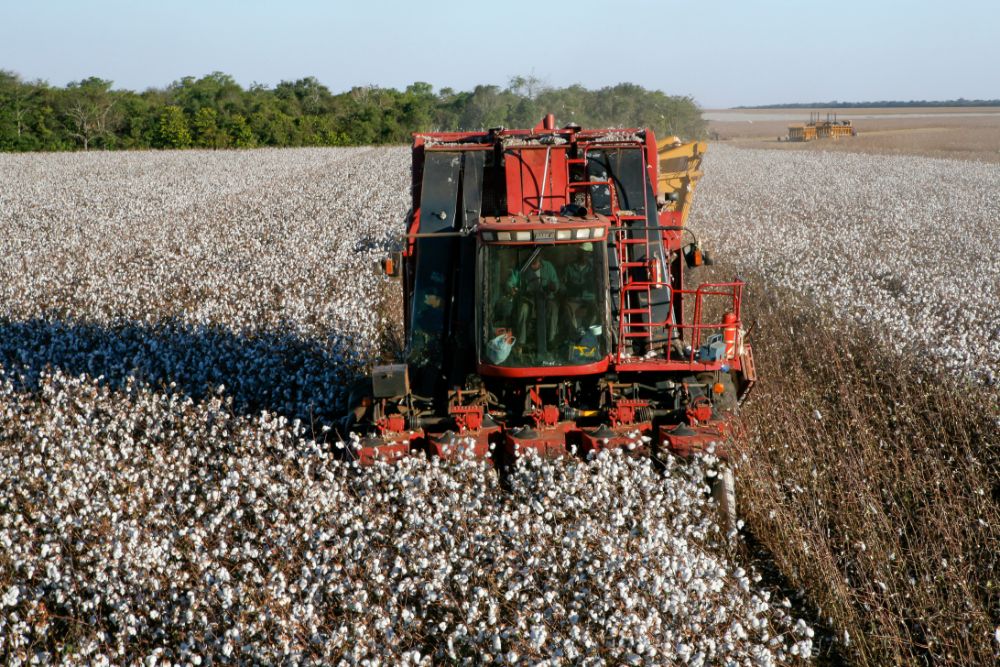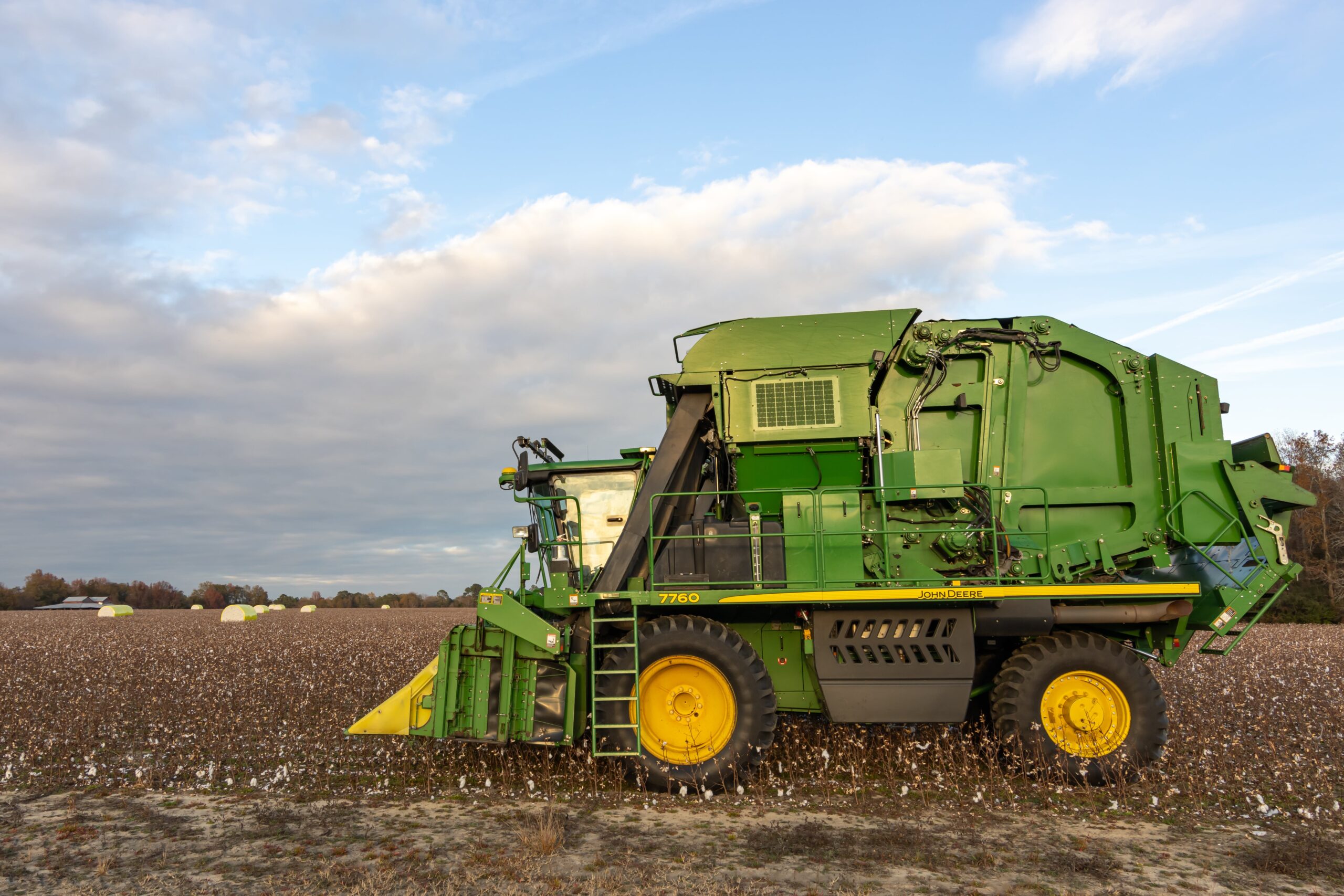Few resources are more critical for anyone maintaining or repairing agricultural machinery than the Case IH parts catalog. Whether you’re a seasoned farm equipment technician or a DIY enthusiast keeping your operation running, knowing how to navigate this catalog efficiently can save you time, money, and frustration. The Case IH parts catalog isn’t just a
READ MOREAuthor: Certi-Pik, USA
Navigating the World of Case IH Parts: Tips for Maintenance and Upgrades
Reliability, durability, and performance are critical in agricultural machinery. Few brands embody these traits as consistently as Case IH, a long-standing leader in the field of farming equipment. Whether you’re managing a small farm or operating a large commercial agricultural enterprise, ensuring your machinery performs at its best is vital to your productivity, and the
READ MOREModern Cotton Harvesting Techniques: A Look at Today’s Practices
Cotton harvesting has come a long way since the days of handpicking under the sweltering sun. Advances in technology have transformed the modern agricultural landscape, leading to increased efficiency, reduced labor demands, and improved sustainability. The Evolution of Cotton Harvesting Methods Cotton harvesting began as a purely manual process, with workers laboriously picking cotton bolls
READ MOREUnderstanding Cotton Strippers: How They Differ from Pickers
Cotton harvesting is a complex process that requires specialized equipment to ensure maximum efficiency, yield, and fiber quality. Among the primary machines used in the industry are cotton strippers and cotton pickers. While these machines may seem similar at a glance, their functions, mechanisms, and optimal use cases differ considerably. Understanding these differences is crucial
READ MOREWhat Are the Main Parts of a Cotton Harvester?
Cotton harvesting is a critical stage in the agricultural process that requires specialized machinery to ensure efficiency and minimize crop loss. Cotton harvesters, whether spindle pickers or stripper harvesters, are complex machines with numerous components working together to gather, clean, and store the cotton crop. Farmers and technicians must understand the main parts of a
READ MORE

